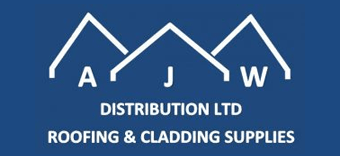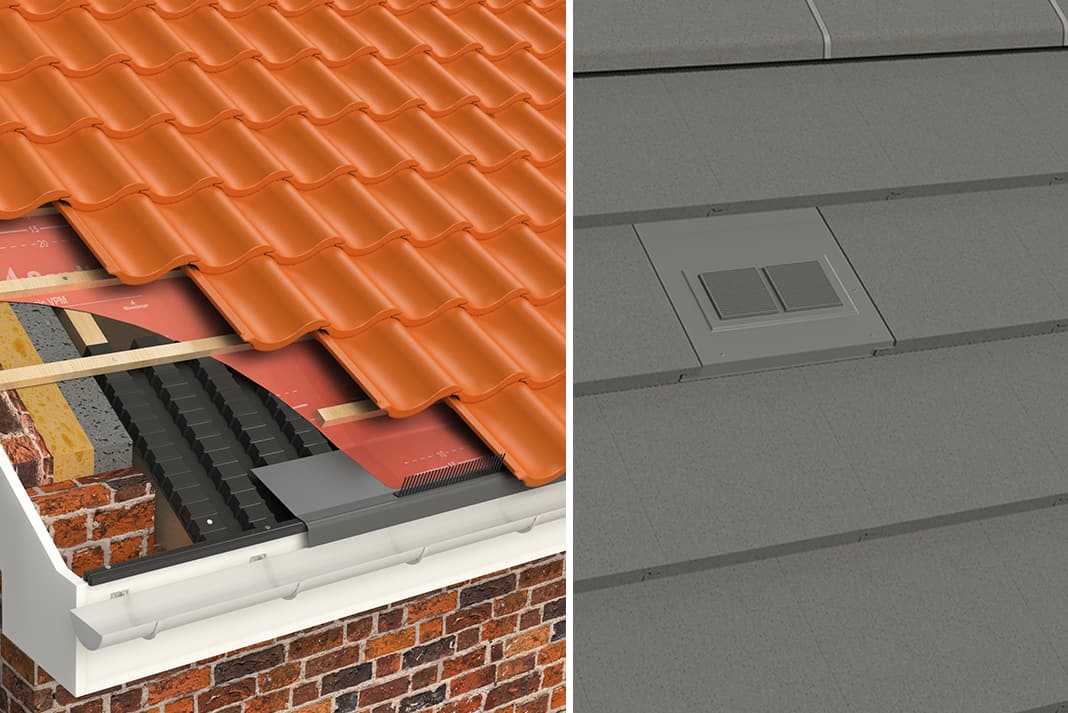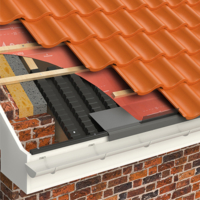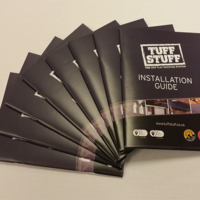Any type of membrane needs to be correctly installed to perform as it should. It is essential to consult manufacturer’s instructions as not all underlays, even those marketed as “breathable”, are the same. Underlay manufacturers will also provide guidance on the suitability of their products for any given location.
A common mistake made when installing underlay is that many people don’t tape down laps to prevent them flapping in windy conditions. The permeability of a modern, lightweight underlay is rendered completely ineffective if it is not secured correctly to prevent wind and rain ingress.
We also advise that tiles should not be cut near exposed membranes. The dust particles can block the tiny holes in permeable underlays, affecting their ability to let moisture pass though.
In short, be more considerate with the use of permeable products and do not treat them like a 1F underlay.








